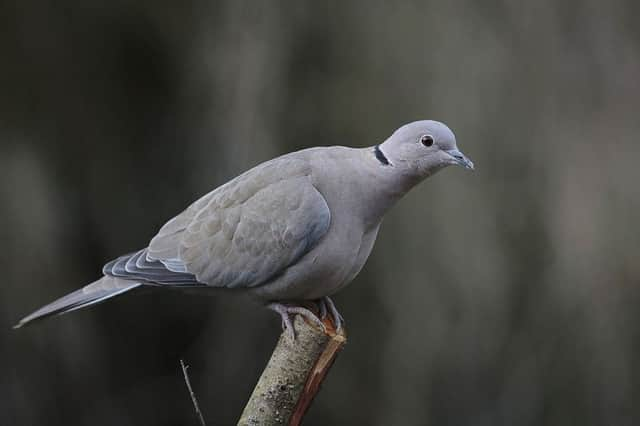Column: Nature notes from a Shawlands garden


The huge fuchsia bush at the back of the garden (so large it is, more or less, a tree) is no longer covered with pretty pink pendant flowers.
Those delicate flowers have been replaced by lozenge-shaped berries which are dull in colour and easy to miss. When they first start to appear in early Autumn, these berries are a treat for wood pigeons, those large corpulent grey birds with a splash of white around their necks. I have seen up to six of these large birds each precariously balanced in the fuchsia bush and attempting to grab a berry without toppling. There are still some berries hanging, but the wood pigeons are no longer interested. Perhaps the berries become less appetising the longer they stay on the bush?
Advertisement
Hide AdAdvertisement
Hide AdThe wood pigeon is bucking the downwards trend of many of our birds and is actually increasing in numbers. It seems able to thrive in intensively managed farmland – feeding on oilseed rape in the winter – but it is equally at home in our gardens and its familiar cooing is a soothing sound in the neighbourhood.
Whilst the wood pigeon is a familiar visitor to the garden all year round, the migratory fieldfares have come and gone for the year. I have been enjoying watching them feeding on the rowan tree berries regularly over the past few weeks but there is nothing left for them now, unless they fancy picking through the crushed red mess on the pavement. They have moved on; I hope they find food sources elsewhere and survive the winter to return home to Scandanavia, Finland (or possibly even Russia) in the spring.